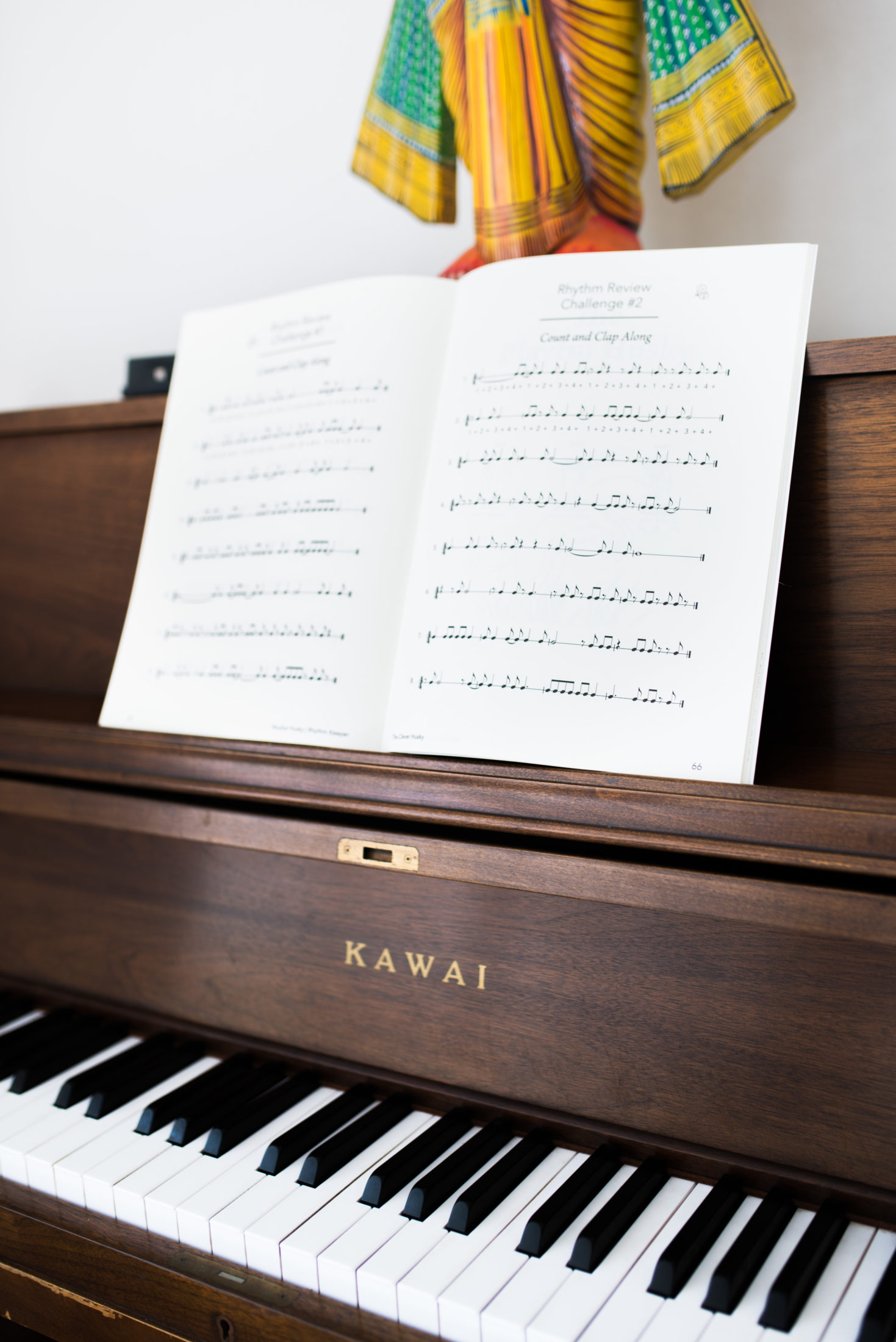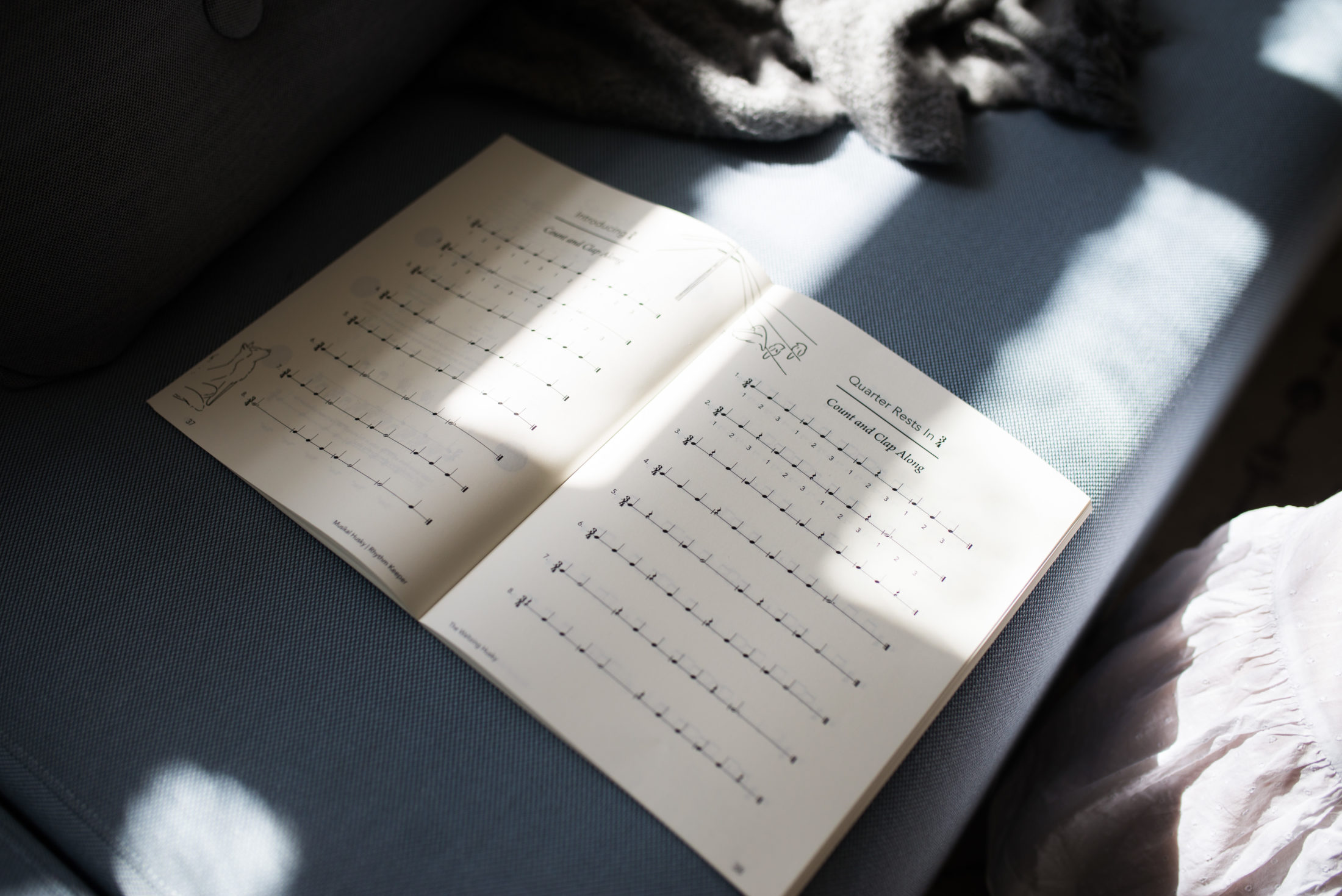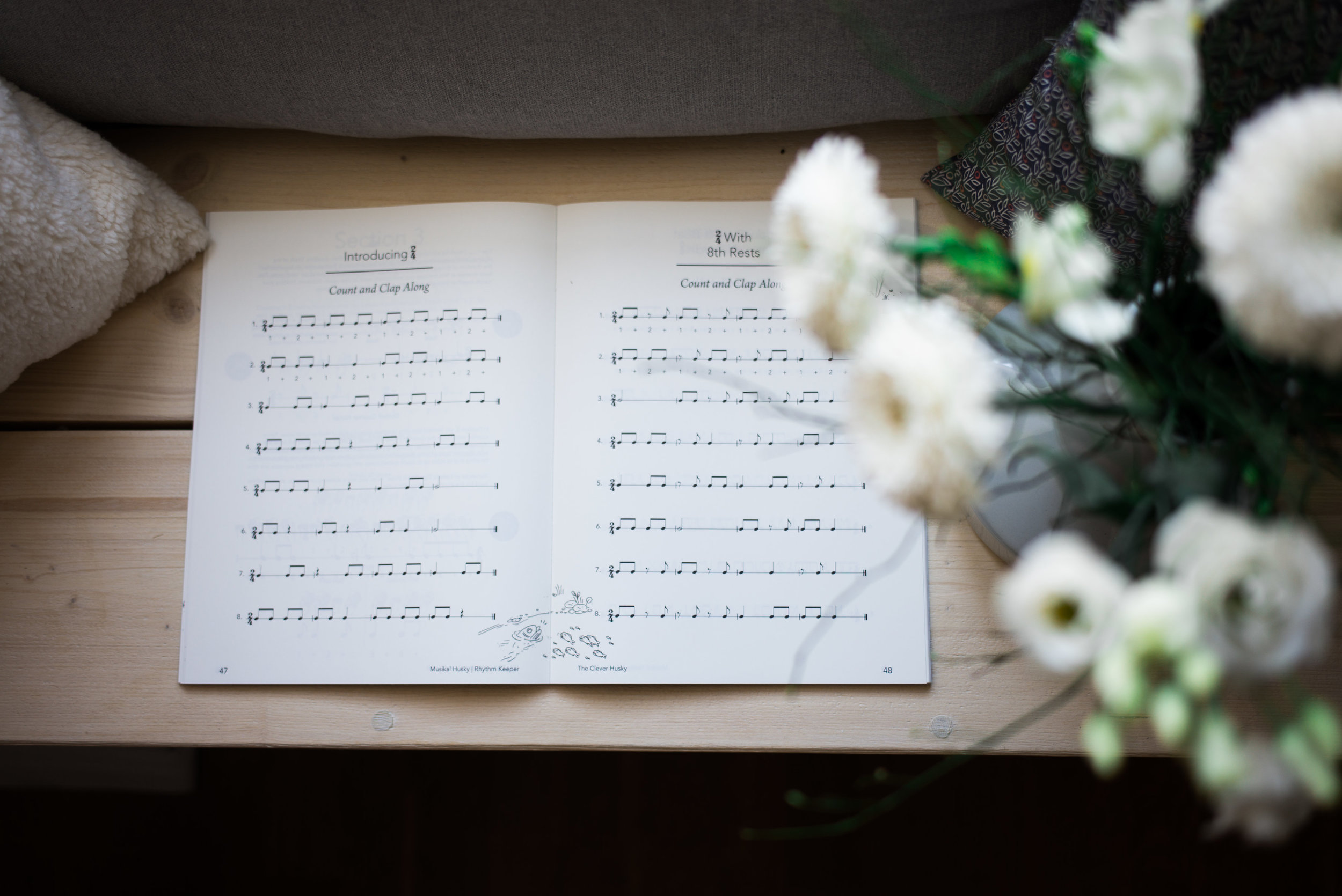Rhythm Keeper
Key Features
Step-by-step and logical progression of rhythmic patterns beginning with the most simple
Clear instructions of HOW to count out loud
Clear, clean notation
Proportional grid-like spacing
Clean design, no verbal or illustrative "clutter"
Foundational approach that adds only one new concept at a time
Beautiful illustrations throughout
Lay-flat binding for easy use
Sturdy cover designed to withstand wear and tear
Printed on durable music paper that is as pleasant to the touch as it is visually
Manufactured ethically
Written by percussion and teaching professionals
Proven record of success
Rhythm Keeper book tour (video)
Core Rhythmic Beliefs
Every note has a purpose and a place
Compelling rhythm engages listeners
Playing with rhythmic integrity and precision enables a listener to organize complex musical information in their brain
Understanding where each note lies on a rhythmic grid allows a player to focus on other aspects of performance, such as pitch, sound and technique
Key Components of an Ideal Lesson/Practice
Clap & Count:
One-Step Directions
This refreshing new method empowers all music students through the life-changing, music-enhancing practice of clapping & counting aloud. We strongly believe that rhythm must be addressed and practiced as an independent skill. Without the distractions of technique and pitch, students are free to focus on mastering rhythm itself. The rewards of using the Rhythm Keeper to develop a well-ingrained, solid sense of rhythm in the context of performance, repertoire-playing, ease of learning new pieces, ensemble playing and sight-reading will speak for themselves.
All specific instructions relating how exactly to count and clap can be found in the book. For added clarification, we also include visual instructions to show when to clap, hold hands together and release. The book is easy for everyone to understand, regardless of past musical experience.
There are infinite ways to vary these simple directions depending on the book's intended user. Some popular uses include: at the beginning of a private lesson, at home before a practice, during practice as a way to 'take a break' from the instrument, in classrooms and in groups, at rehearsals.




























